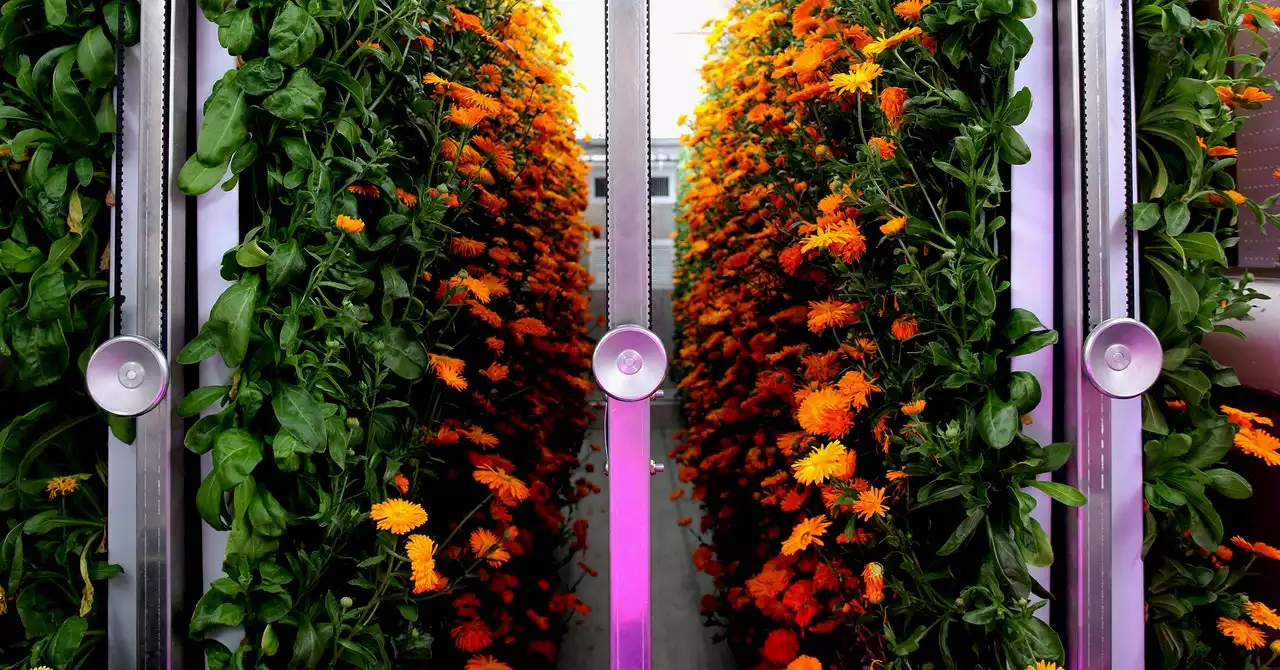Thing is, even after you load a garden up with sensors, remote controls, and automation, farming is hard.
’s office lunches. Freight’s newest offering, the Greenery S, is a system that packs rows of vertical growing shelves into an 8-foot by 40-foot shipping container. It’s controlled by a companion app called Farmhand that allows growers to monitor data collected by sensors inside the container. With it, growers can remotely tweak a garden’s temperature, humidity, lighting, and COlevels from their desktop or phone.
That ease of access doesn’t come cheap. The Greenery S container costs $149,000, and a subscription to the Farmhand app is $2,400 per year. That’s less than buying a plot of land to cultivate a farm in most places, sure, but not exactly pocket change. Still, Freight Farms wants to appeal to a broad range of customers, from aspiring business owners to educators and hobbyists.
David Wees, the associate director of the Farm Management and Technology Program at McGill University, points out that greenhouses in Canada primarily grow, with lettuce as a distant fourth. The nutritional value of lettuce is much lower than those other plants, but those other plants are bigger and require more resources. And even though lettuce prospers in a vertical hydroponic farm, it’s not something that’s going to satisfy all the needs of your community or your restaurant.
Freight Farms says it doesn’t intend to just leave green growers hanging. The company offers lessons within the Farmhand app—walkthroughs and guides to growing certain crops aimed at the beginning farmer. Growers can also appeal to the knowledge of their peers by connecting in the app’s user forums. For the ambitious entrepreneurs, Freight Farms offers guides to creating aPhotograph: Freight Farms
